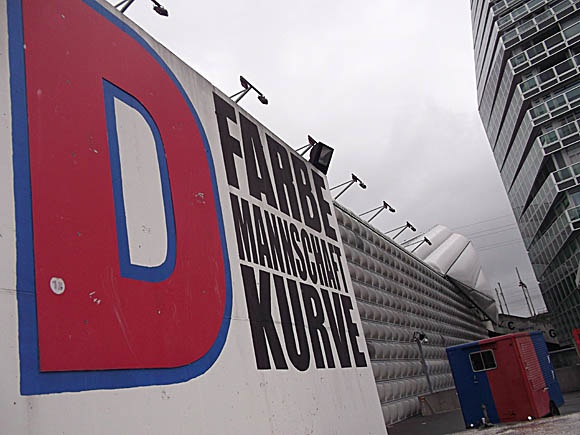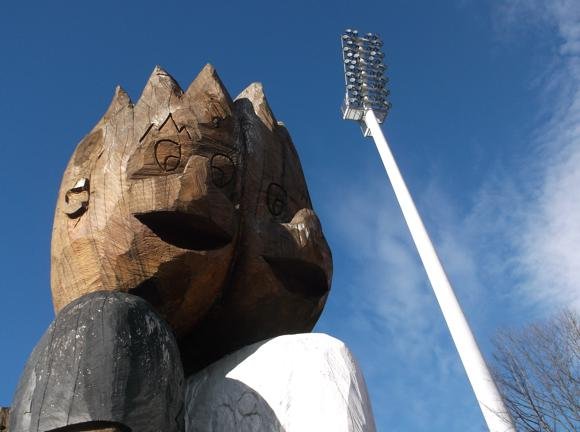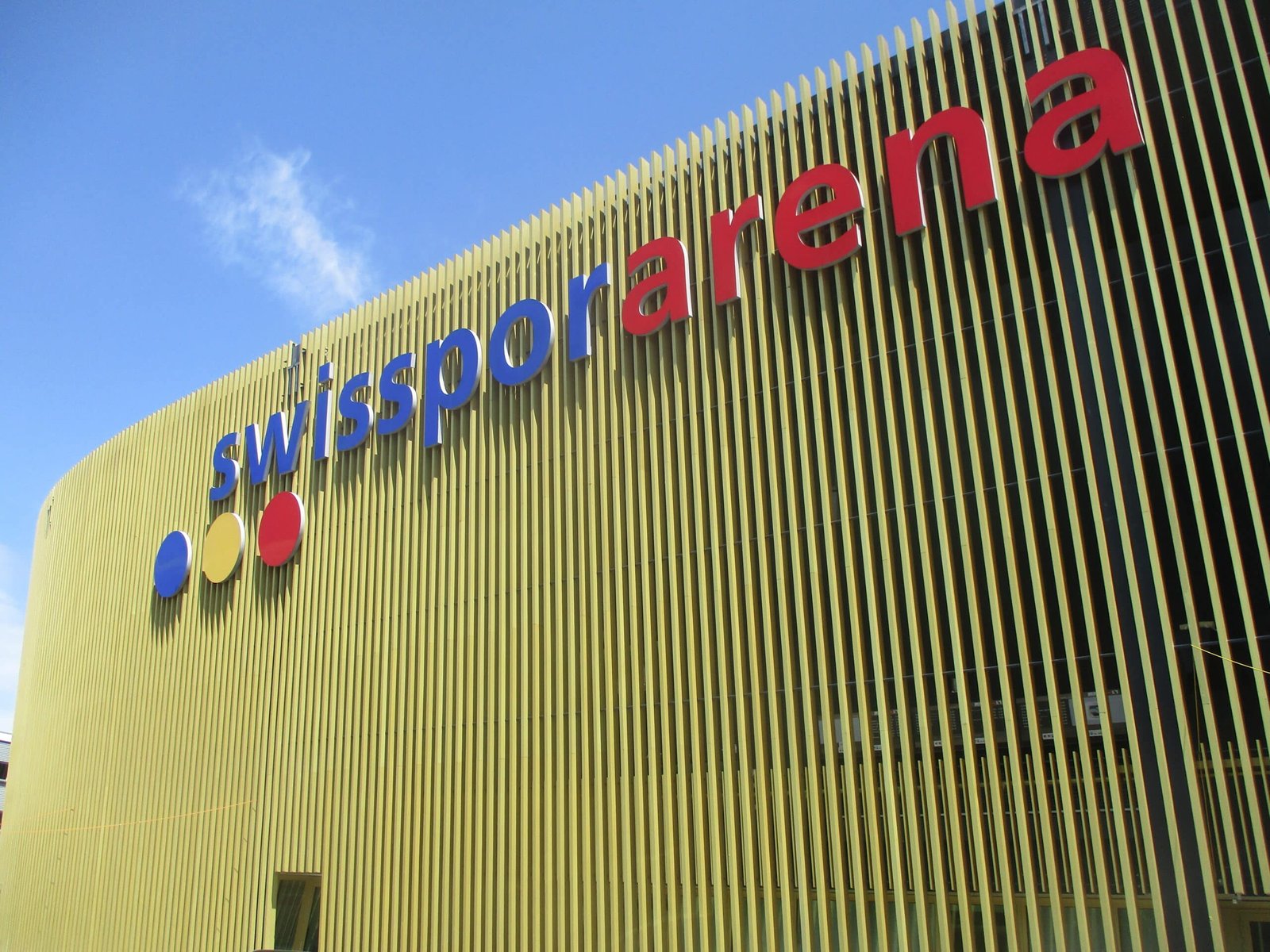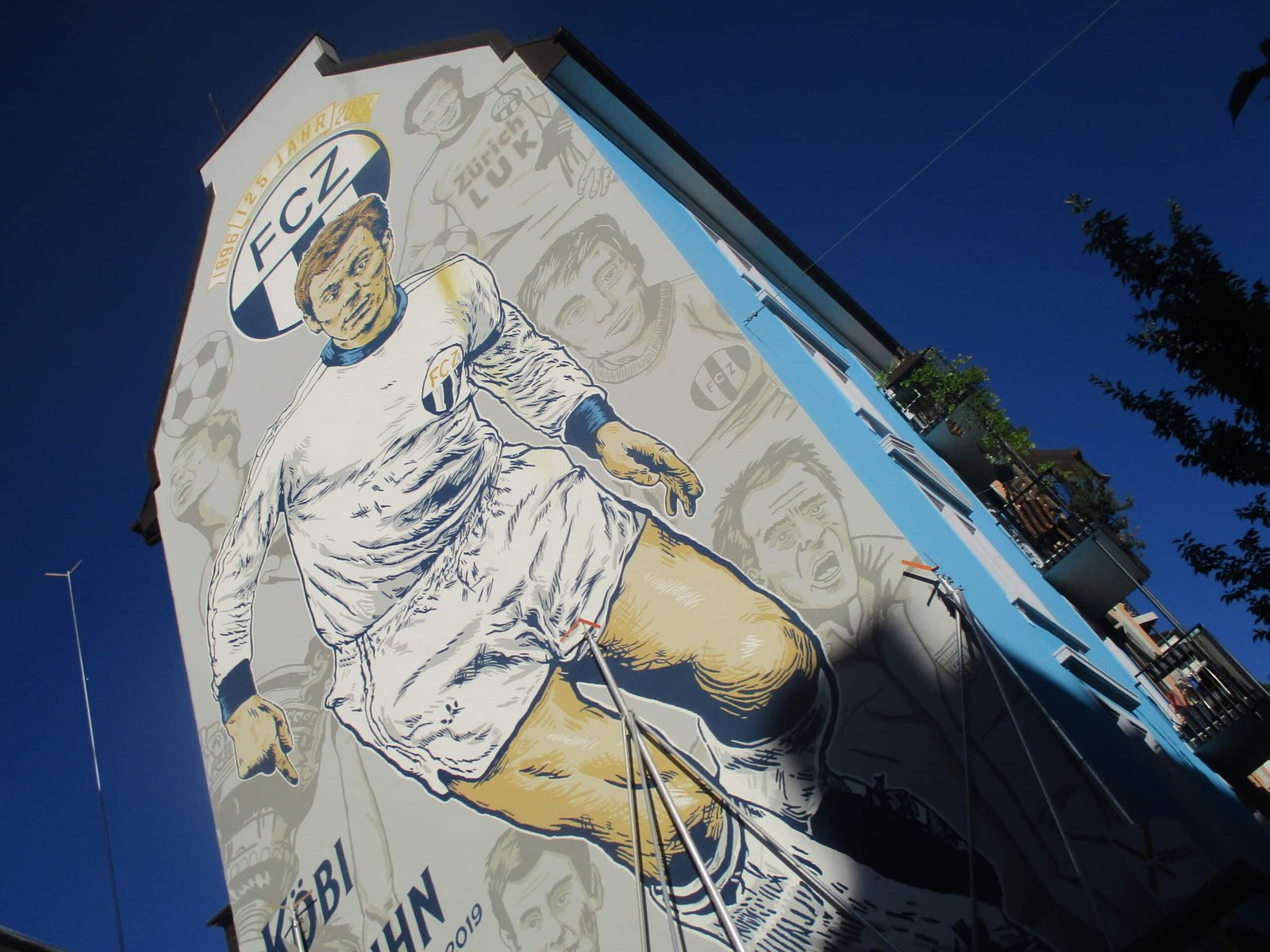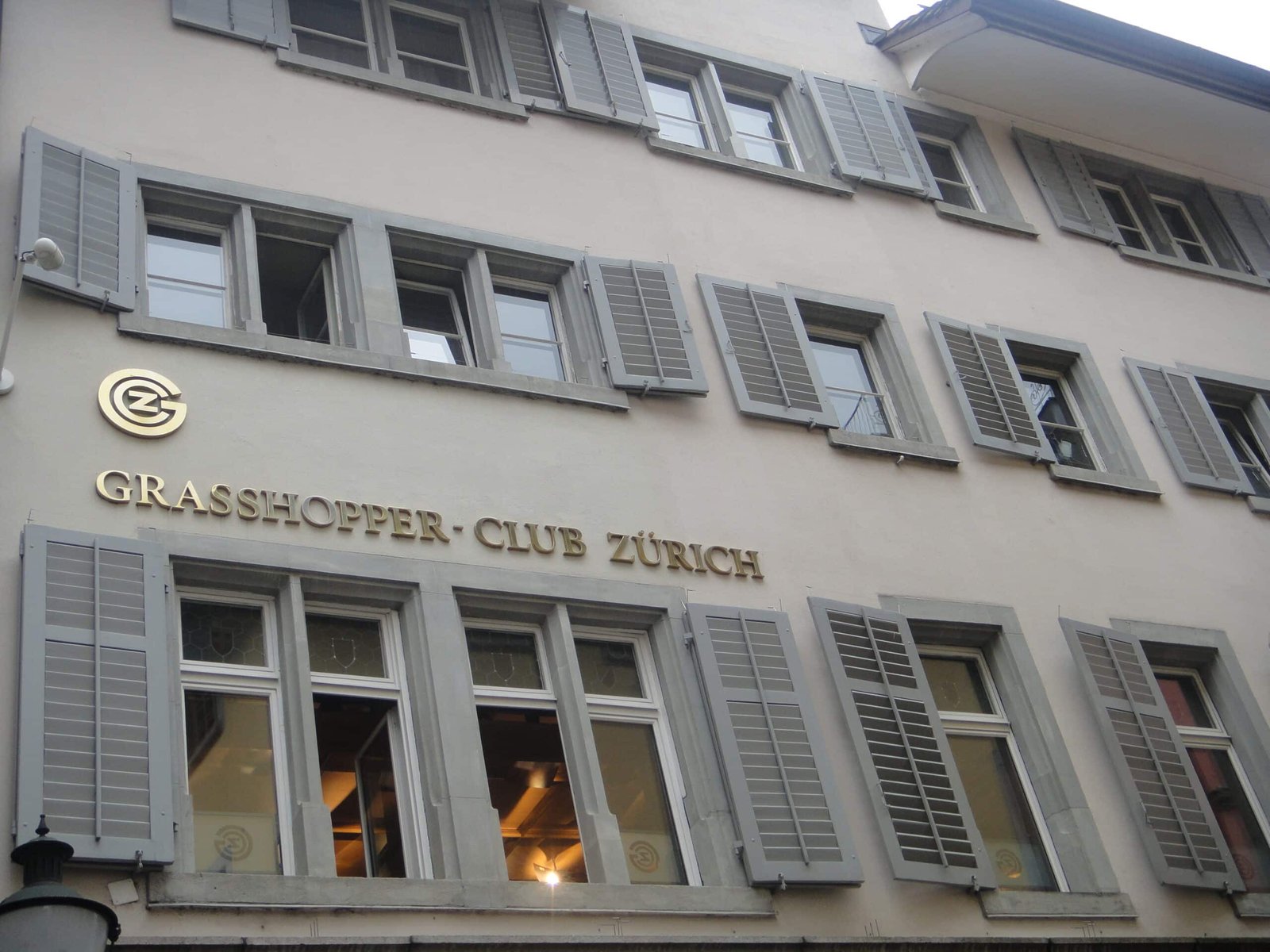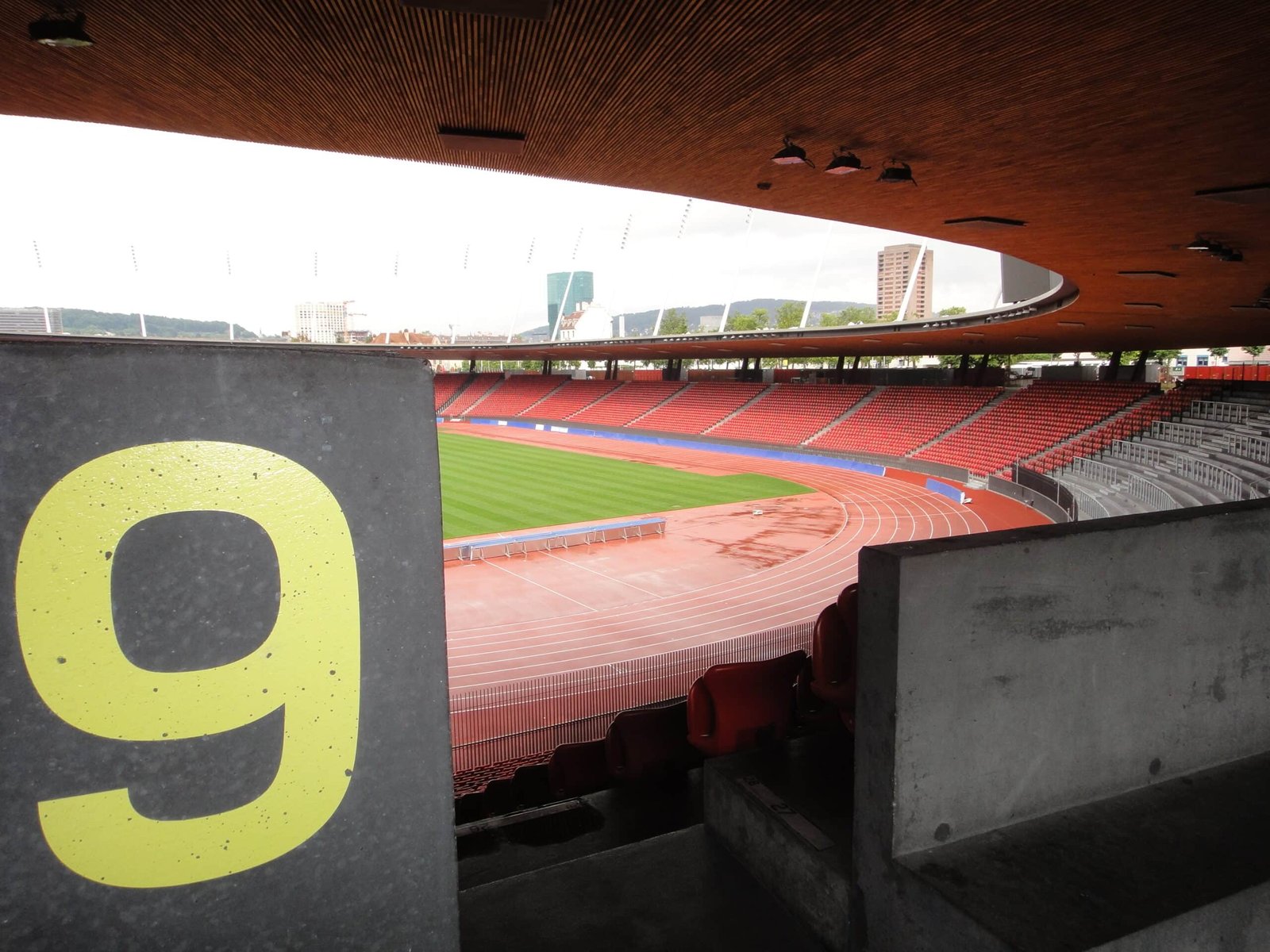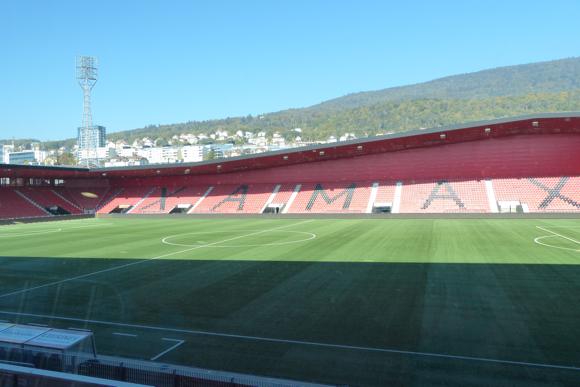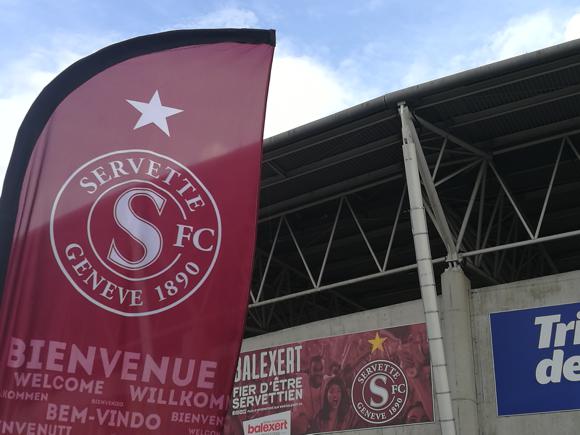A fan’s guide – the club from early doors to today
Known by all as LS, an acronym that also covers the pre-bankruptcy decades as Lausanne Sports, revived Lausanne Sport were based at La Pontaise until 2020.
Opened in 1904, converted into the Stade Olympique for the 1954 World Cup, the stadium will soon be knocked down and its long-term host club move even further north from the city centre, to the new-build Stade de la Tuilière, in 2019.
Historically, though, the club’s roots are in Montriond, south of the train station near the Parc de Milan, where the first matches were played.
When seven local teenagers founded Montriond Football Club in 1896, there were already a handful of teams in Lausanne, created by expat English pupils of private international schools in the city. The most prominent, Lausanne-Football and Cricket Club, didn’t even accept Swiss players. Three of these clubs had been founding members of the Swiss FA in 1895.

Initiating a long-term rivalry with Servette of nearby Geneva with a 4-0 win at the Parc de Milan in 1900, Montriond took advantage of the demise of the private school teams by becoming Lausanne’s only representative in the Swiss Serie A in 1902-03.
Overshadowed by Servette in the Western Division, Montriond at last outstripped their rivals in 1913, going on to win a first Swiss title in controversial circumstances. Losing to then champions Aarau 5-4 in the play-off stage, Montriond protested the result, and won the replayed game 2-1.
In 1920, Montriond became Lausanne Sports and began hiring British managers, first former Millwall player Billy Hunter, then the renowned Jimmy Hogan. After working with the Swiss team that reached the Olympic football final of 1924, Hogan had two spells at Lausanne, laying the groundwork for the consecutive title wins of 1935 and 1936. On the pitch, the driving force was Willy Jäggi, a goalscorer for Switzerland at the 1934 World Cup.
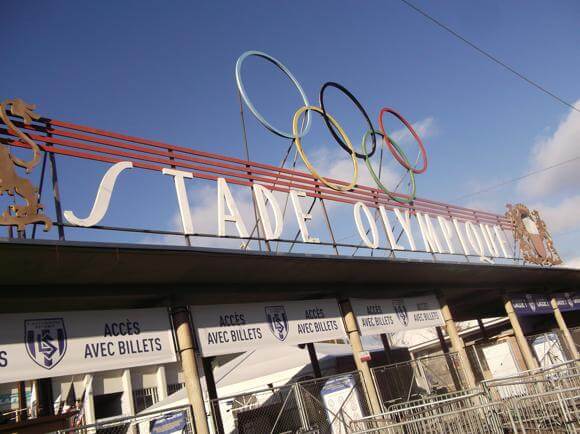
The golden years came in the immediate post-war period, with epic battles against Servette, a floodlit Stade Olympique full to the brim – and the rise of ‘King’ Richard Dürr. Spearhead of the so-called ‘Seigneurs de la Nuit’ team, Dürr came to prominence at the dawn of the European era. LS had already reached the semi-final of the inaugural Fairs’ Cup of 1957, losing by the odd goal in five to a Jimmy Greaves inspired London XI.
With fellow ‘Seigneur’ and Swiss World Cup international Roger Vonlanthen, gifted terrace favourite Dürr led LS to two Swiss Cups and the league title in 1965. That spring, after an epic quarter-final at Upton Park with eventual Cup-Winners’ Cup winners West Ham, the Lausanne side were applauded off the pitch, Bobby Moore’s team edging the game 4-3.
As Dürr retired to run a landmark football bar in town, coming through the ranks was another emblematic figure, Pierre-Albert Chapuisat. In his three spells as a player at La Pontaise, the Lausanne-born libero was never more imperious than during the stand-out Swiss Cup final of 1981, LS reversing Zürich’s lead to win 4-3.

By the time the former captain returned to Lausanne as coach in 1987, his son Stéphane was just starting out on his illustrious career. Before leaving for Bundesliga fame, Chapuisat Jr spent three seasons at La Pontaise, earning the first of his 103 Swiss caps. In his last full campaign here, Chapuisat led LS to a runners-up slot in the league, the club’s highest finish for 20 years.
While Chapuisat was conquering Europe with Dortmund, LS were winning consecutive Swiss Cups and making their own international progress. In 1998, a last-gasp LS equaliser brought a classic final with St Gallen to penalties, and Lausanne victory. Swiss cap Fabio Celestini and Swedish international Stefan Rehn played similarly vital roles in the same showcase fixture a year later.
The 2-0 win over Grasshoppers helped LS overcome the disappointment of losing a title showdown with Servette in a thunderstorm at La Pontaise. In Europe, LS notched up aggregate wins over Torpedo Moscow and Ajax. In 2000, they again finished runners-up in the league and, this time on penalties, in the cup.

By the time Chapuisat came back for a farewell season at Lausanne in 2005-06, the club had been turned upside down. Despite regular European football, silverware and title challenges, finances at LS had long gone awry. Unable to take their place in the top tier in 2002-03, Lausanne had been declared bankrupt at the end of an initial campaign in the second flight.
Lausanne Sports were no more. In June 2003, Lausanne Sport came into being, to join the humble ranks of the Deuxième Ligue Interrégionale. Two promotions later, they welcomed the prodigal Chapuisat. He immediately converted two penalties in an initial 5-4 win over Winterthur, the second-tier Challenge League campaign culminating four points from a promotion play-off.
A surprise if overwhelming appearance in the Swiss Cup final in 2010, and the return of the influential Celestini, helped drive an unexpected run in the Europa League. Significantly, it was team captain Celestini who converted the crucial Lausanne penalty in the Moscow shoot-out with Lokomotiv to seal an unlikely place in the group stage for the resurgent Swiss side.

The disappointment of a winless campaign was assuaged by LS winning the Challenge League and joining the Swiss elite for the first time since the ignominy of 2002.
Struggling at first, doomed to relegation in 2014, LS bounced back at the second time of asking in 2016 under the trusted stewardship of Fabio Celestini. A bleak run in early 2017 all but scuppered attempts to build on that promotion.
Meanwhile, the Stade de la Tuilière was unveiled in November 2020, as Lausanne stayed above the relegation zone in the Swiss Super League. Way off the pace in 2021-22, LS managed only four wins in 36 games and placed faith in former Swiss international full-back Ludovic Magnin to guide them out of the Challenge League in 2022-23.
Stadium Guide
The field of dreams – and the stands around it
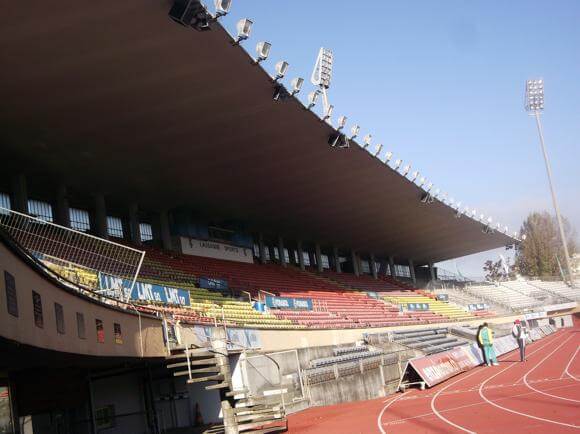

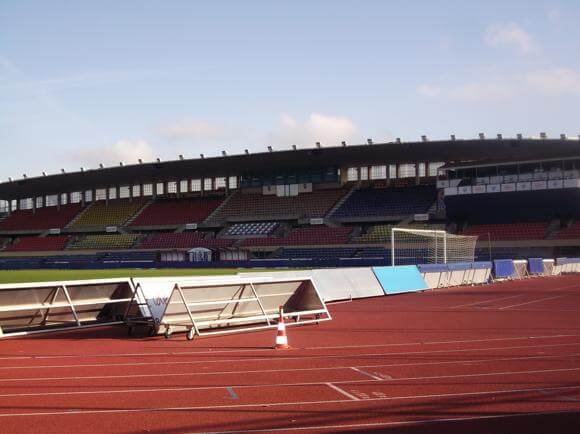

Former home to Lausanne Sport, Lausanne Sports before them and Montriond FC before them, the Stade Olympique de la Pontaise started out as plain old La Pontaise in 1904 before Charles-François Thévenaz created an elegant, multisports arena here 50 years later.
A worthy stage for five matches at the 1954 World Cup, including the memorable semi-final between Hungary and Uruguay, the Stade Olympique narrowly missed out on hosting the Games of 1960 but witnessed many classic floodlit clashes during Lausanne’s heyday in the 1960s.
Venue for Athletissima, a major athletics event in the summer calendar – a world 100 metres record was set here in 1994 – the Stade Olympique hosted Lausanne’s home games until 2019. The venue is currently home to LS city rivals, second-tier side FC Stade Lausanne Ouchy.

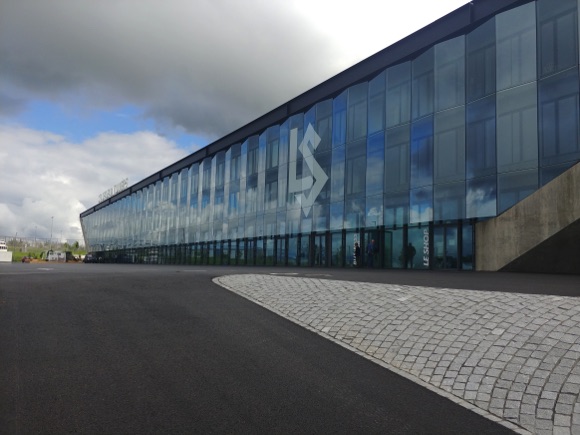
Lausanne Sport have moved to the Stade de la Tuilière near the A9 motorway linking the French and Italian borders, and Lausanne airport. Planned since 2017, La Tuilière was specifically designed for football. Rectangular in shape, with no running track, its standing places fill most of Tribune D.
But, given the fact that the club was taken over by Britain’s richest man, chemical billionaire Sir James Arthur Ratcliffe, during the stadium planning stage, sky boxes and sponsors’ lounges are plentiful. The LS Business Club takes up most of main Tribune A. Away fans are allocated sectors B5-B6 in Tribune B. Capacity is 12,500.
getting there
Going to the stadium – tips and timings
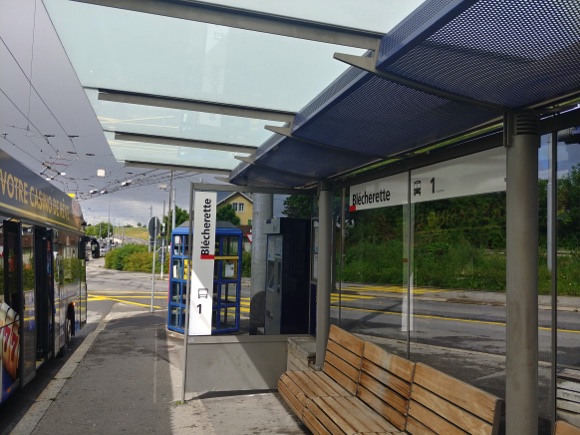
The new stadium is near Blécherette, terminus of bus lines 1 and 21 from Lausanne-Gare main train station, journey time 15-20mins.
Line 1 goes via Bel-Air in town and the Stade Olympique, three stops from the club’s new home.
getting in
Buying tickets – when, where, how and how much
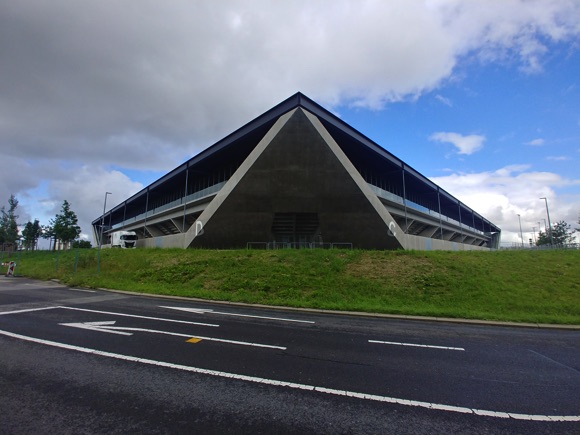
For Lausanne’s return to the Super League in 2016, attendances rose to an average of below 5,000, the highest gate under 8,000. Unless Servette of Geneva are in town, availability isn’t going to be a problem.
Tickets are distributed via the club website. LS fans pay SF25 to stand in Tribune D, away fans are charged the same to sit in Tribune B. Seats in sideline Tribune C vary according to proximity to the halfway line (category 3, around SF50) or corner flag (category 5, around SF35).
what to buy
Shirts, kits, merchandise and gifts

The LS Shop (Tue & Fri 1.30pm-6pm, Wed 10am-12.30pm, 1.30pm-6pm, Sat 9.30am-5pm) at the stadium stocks LS replica tops, white with blue trim, pennants, pom-pom hats and autographed players’ cards.
Where to Drink
Pre-match beers for fans and casual visitors



Right up here by the airport, you’re not spoiled for choice as far as bars are concerned. The nearest eatery on main route du Châtelard across from the stadium, La Sosta (look out for the blue Kronenbourg 1664 umbrellas lining the terrace) is a quality Italian restaurant/pizzeria.
Lunchtime deals Tue-Sat allow you tuck into a quality main at SF22, or there’s the house pizza with bresaola (SF27). Pizzas are wood-fired and served with fresh basil. It closes Sundays and Mondays.
Open seven days a week, more modest and affordable, La Bléche-food (route des Plaines du Loup 74) offers a convivial terrace beneath a red-and-white awning.


